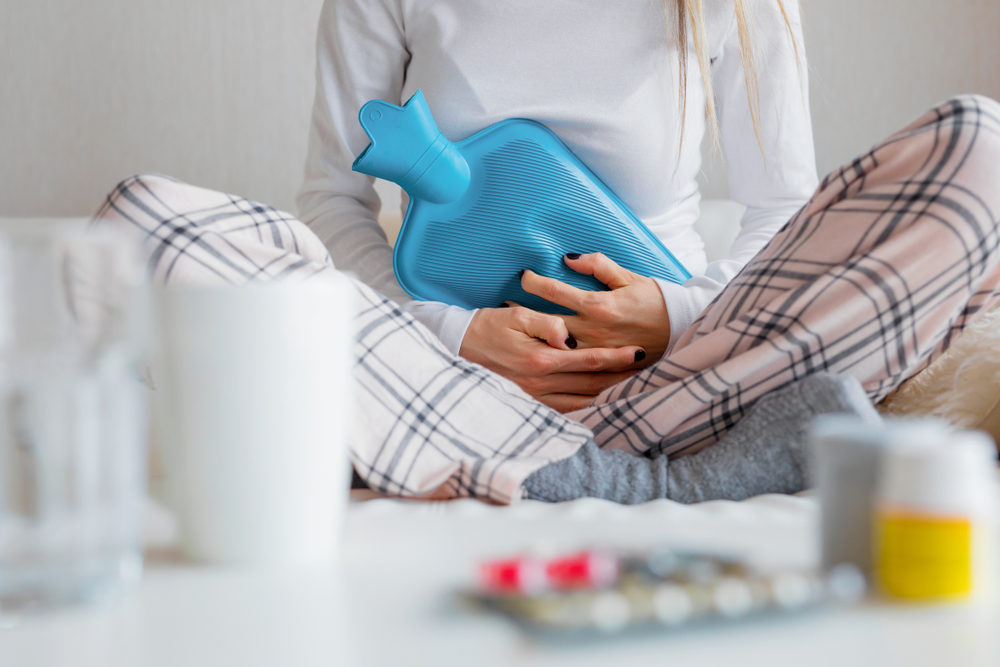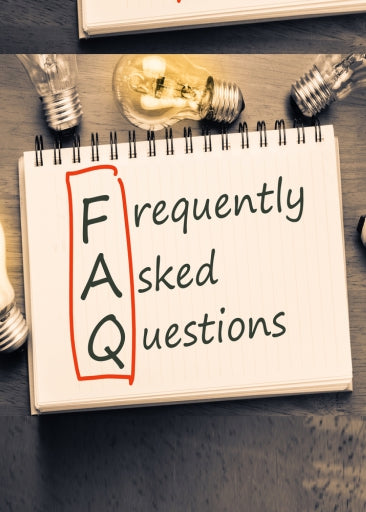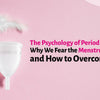Common Period Problems: Treatment, Management and Summary

Common Period Problems: Treatment, Management and Summary
Periods aren’t always troublesome. However, if they are constantly heavy or painful, or if they produce major mood shifts on a regular basis, they can seriously disrupt a person’s life. In addition, irregular or non- existent periods can make it harder to conceive. This blog will provide you with some of the most common period problems, including their causes and treatments.
Some Common Menstrual Disorders You Need to Know About
-
Heavy Period Bleeding
Bleeding is considered heavy when it prevents people from going about their daily lives. Almost a fifth of women experience such heavy bleeding during their periods that they are unable to finish daily duties in order to deal with the flow. Hormonal imbalances, structural abnormalities in the uterus (such as poles or fibroids), and other medical diseases can all contribute to heavy menstrual bleeding (such as thyroid problems, blood clotting , liver disease, and complications from IUD, miscarriage, and infections).
-
Period Bleeding Isn’t Happening (amenorrhea)
Amenorrhea is a condition in which a woman does not have any menstrual cycles at all. When this happens to a 16-year-old girl who hasn’t started menstruating, it’s most likely due to a problem with the endocrine system, which regulates hormones. Pituitary gland maturation is sometimes delayed as a result of low body weight. Problems with estrogen levels can cause a female’s periods to halt for three months or longer after she has had them for a while.
-
Painful Periods (dysmenorrhea)
Menstrual cramps affect the majority of women at some point in their life. Dysmenorrhea, on the other hand, is a condition in which cramps are very intense and prolonged. Uterine contractions create the pain of menstrual cramps.
-
Premenstrual Syndrome (PMS)
PMS is a term that refers to a group of physical and psychological symptoms that are linked to a woman’s menstrual cycle. It affects about 40% of women to the point where it interferes with their daily lives. It can manifest itself in a variety of ways, the most frequent of which is depression. Bloating, headaches, fatigue, irritability, anxiety, mood swings, and depression are some of the symptoms of PMS. These symptoms arise prior a week before your period gets going and vanish away as soon as your period starts or shortly after.
-
Premenstrual Dysphoric Disorder (PMDD)
Premenstrual Dysphoric Disorder (PMDD) is an extreme PMS conditions that interferes with a woman’s reproductive cycle. The most common symptoms of PMDD include heightened irritability, depression, anxiety and mood swings.
Treating and managing Periods problems
There are numerous treatments for periods problems .
- Oral contraceptives
- A hormonal IUD or implant
- Cyclic progestin
- Tranexamic acid, that reduces bleeding
There are several steps at home, to ease or prevent symptoms of period problems. These include:
- Stopping smoking
- Hot water fermentation, hot water bottles, or warm baths to ease pain
- Trying mild forms of exercise, such as walking, or doing yoga
- Managing stress and making time for relaxation
- Using TENS, machine for temporary pain relief
- Avoiding caffeine, alcohol, and refined sugar
- Getting enough sleep each night
Summary
Regular periods can indicate that the reproductive system is working properly. A healthcare practitioner should evaluate the various causes and provide remedies if menstruation is accompanied by severe pain, extensive bleeding, or mood problems.
There are techniques to control and lessen the burden of these symptoms, even if they are minor or severe.
- Posted in common menstrual problems, common period problems, feminine hygiene, menstrual problems, period problems













